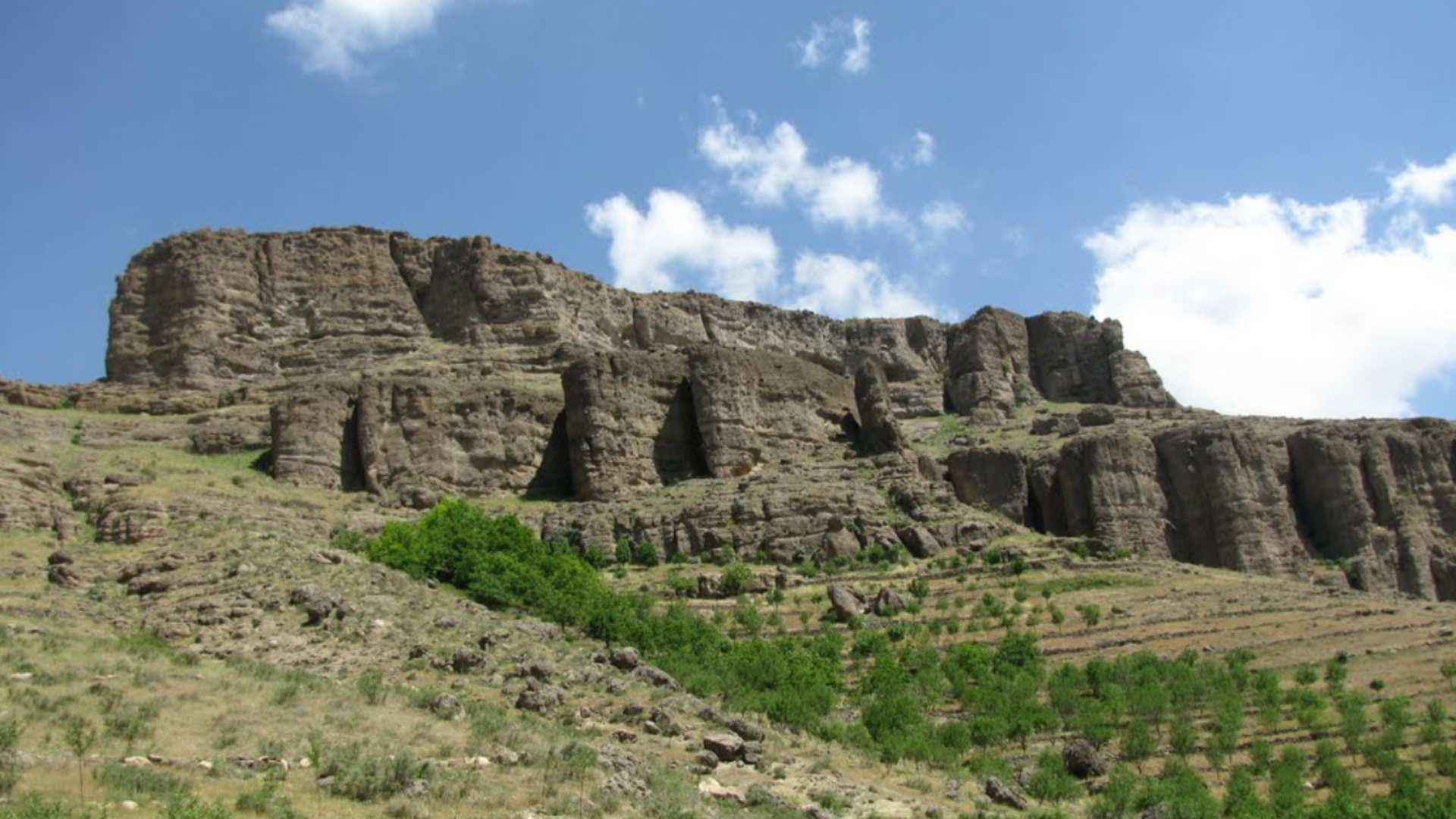The city of Zahak

Exact Geographical Location:
The city of Zahak is located in the Bamyan province of Afghanistan, near the central areas of the province. The city sits atop a hill along the Bamyan River and is close to surrounding villages.
Geographical Latitude and Longitude:
Latitude: 34.8472° North
Longitude: 67.9746° East
Historical Background:
Formation Period: The city of Zahak dates back to the pre-Islamic era and was established as a military and strategic center during the Kushan period. Later, during the Ghaznavid and Ghurid periods, it played an important role in the defense and management of trade routes.
Significant Years: The city of Zahak was severely damaged by the Mongols in the 13th century, and much of it was destroyed.
Architectural Features:
Fortresses and Defensive Towers: The city had strong fortifications and tall towers that were used for surveillance and defense.
Building Materials: The use of stone and mud in the remaining structures reflects the sustainable and appropriate architecture of that time.
Strategic Design: The city's location on a high hill provided the advantage of monitoring trade and military routes.
Cultural Significance:
Symbol of Resistance: The city of Zahak is recognized as a historical symbol of the resistance of the people of Bamyan against invaders.
Tourist Attraction: This ancient city, due to its rich history and the beautiful surrounding landscapes, is one of Afghanistan’s prominent tourist destinations.
Connection with Legends: The name of the city is linked to the legends of the Shahnameh and the character Zahak the tyrant, which has symbolic cultural significance.
Discoverer and Time of Discovery:
The city of Zahak was identified in the early 20th century by archaeologists during archaeological surveys in the Bamyan Valley. Since then, the area has been subject to research and study.
- https://web.archive.org/web/20161016124926/http://www.panoramio.com/photo/43230705